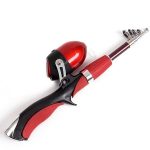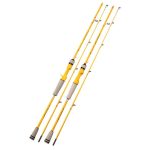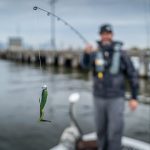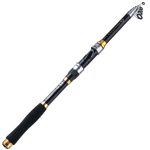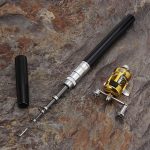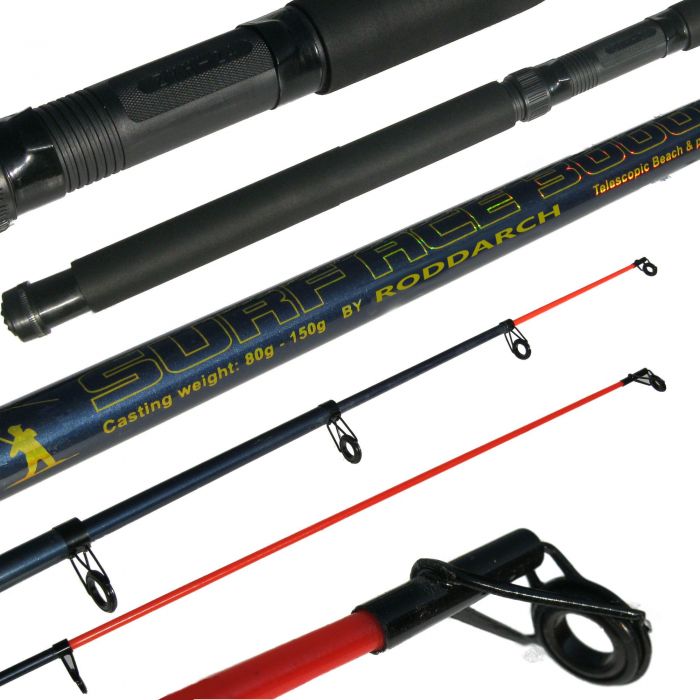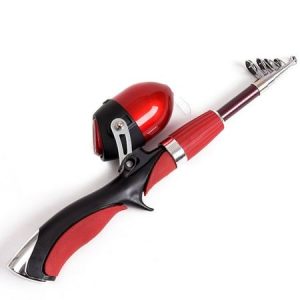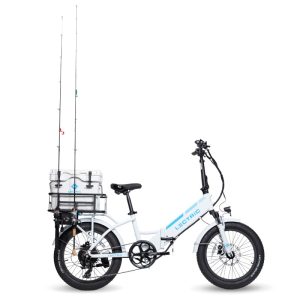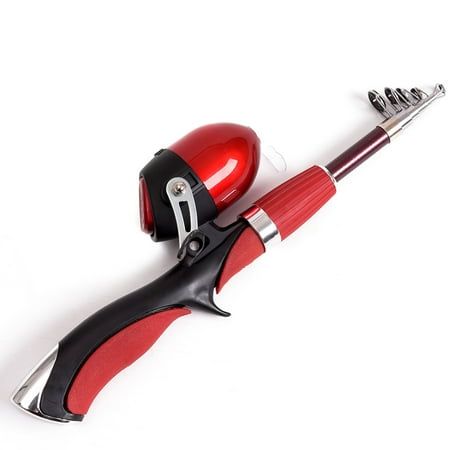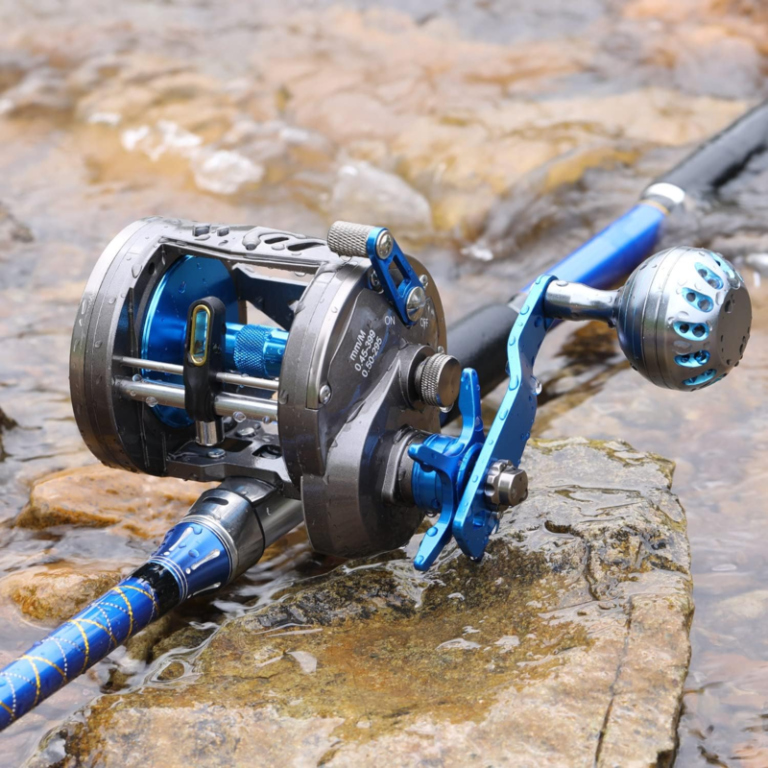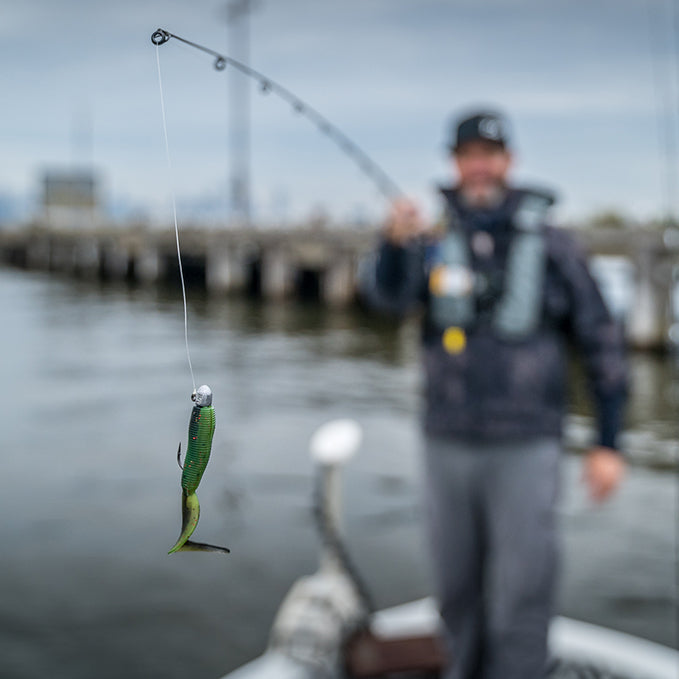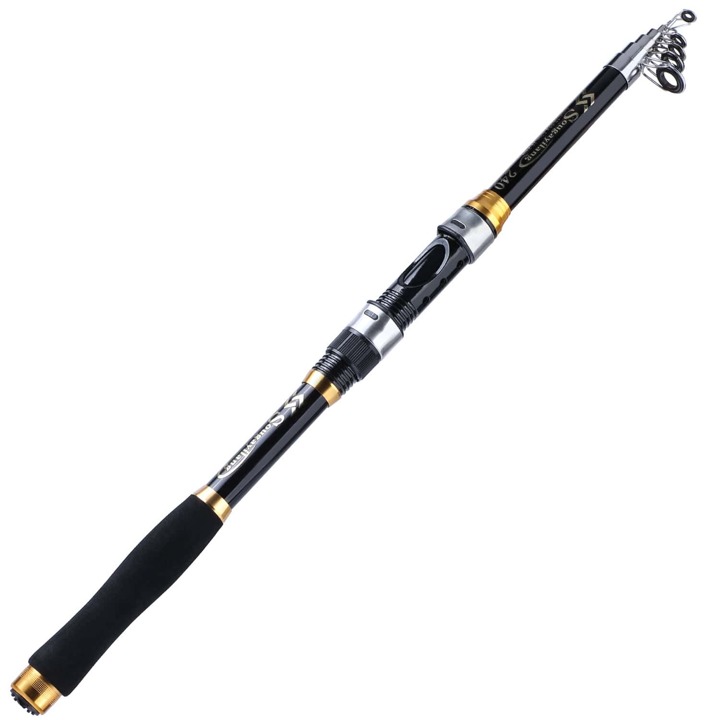Pier fishing is a popular pastime among anglers. It brings the thrill of fishing closer to shore. Many factors contribute to successful pier fishing, and one of the most vital is the rod you choose. An appropriate fishing rod can enhance your enjoyment and effectiveness when catching various fish species. This article will explore the types of fishing rods best suited for pier fishing and additional gear that can enhance your experience.
When it comes to pier fishing, not all rods are created equal. Several characteristics distinguish the right rod for this activity. Pier fishing often involves casting long distances, as fish may congregate further away from the structure. Therefore, selecting a pier fishing rod with the right length and action is crucial. This section will delve into the kinds of rods that work well for pier fishing.
Rod Length: Finding the Right Fit
When considering rod length, many options are available. Typically, pier fishing rods range from 7 to 12 feet long. A longer rod allows for extended casts, ideal for reaching fish that avoid the shallow areas near the pier. However, a shorter rod might provide more control, which can be advantageous in some scenarios. Therefore, assess your casting skill and target species before making a decision.
Additionally, understanding the physics behind rod length is essential. Longer rods can help leverage weight and improve hook sets. In contrast, shorter rods offer better sensitivity and responsiveness. Hazards like wind also play a role in determining the ideal length. A longer rod may catch wind more easily, affecting casting accuracy. Therefore, it’s best to weigh these factors before selecting the appropriate rod length.
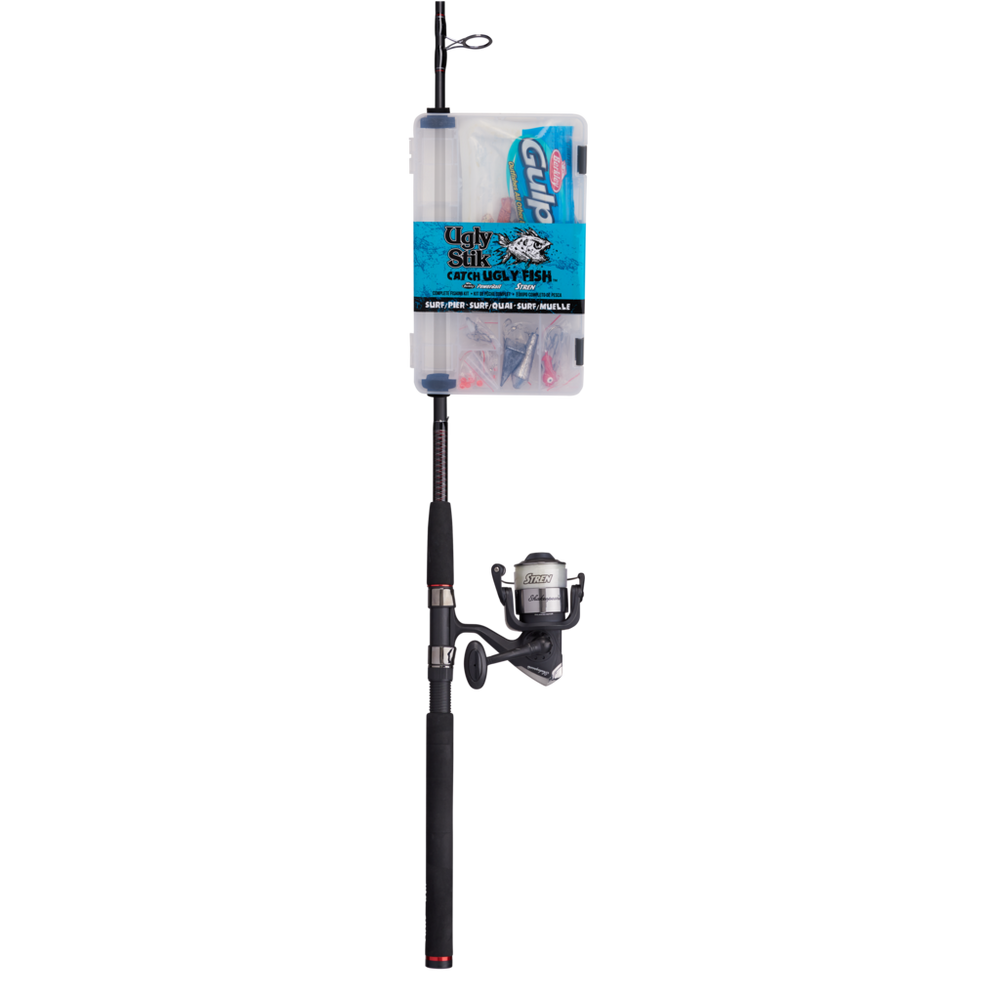
Rod Material: Selecting the Best Option
Choosing the right material for your fishing rod affects its performance significantly. Many fishing rods are made from fiberglass, graphite, or composite materials. Fiberglass rods are generally more durable and provide a softer action, making them excellent for beginners. On the other hand, graphite rods are lightweight and sensitive, allowing anglers to feel even the lightest bites.
For the best of both worlds, consider a composite rod. These rods blend fiberglass and graphite, offering durability and sensitivity. Additionally, evaluate the cost, as rod material often affects pricing. If you’re new to pier fishing, a mid-range rod will balance performance and affordability. However, seasoned anglers might opt for high-end graphite rods to enhance their experience further.
Essential Accessories for Pier Fishing
In addition to the rod, numerous accessories can improve your pier fishing experience. A well-equipped angler stands a better chance of success. These accessories include reels, fishing line, bait, and tackle boxes. Furthermore, having the correct gear ensures a seamless outing on the pier. This section outlines the essential accessories you should bring along.
Reels: The Heart of Your Setup
Choosing a reel involves understanding the different types available. Spinning reels are generally favored for pier fishing due to their versatility. They’re easy to use and suitable for both beginners and advanced anglers. Spinning reels efficiently handle various bait types and line weights, making them ideal for the variable conditions typically encountered on a pier.
Moreover, baitcasting reels may also be an option for more experienced anglers. These reels provide greater control and accuracy in casting. However, they require a steeper learning curve. Therefore, if you’re just beginning, a spinning reel may be your best choice. Also, ensure the reel is corrosion-resistant, as saltwater exposure can lead to quicker wear and tear.
Fishing Line: Choosing the Right Strength
Your fishing line can significantly impact your success while pier fishing. Typically, anglers use monofilament, fluorocarbon, or braided lines. Monofilament is an excellent choice for beginners due to its cost-effectiveness and ease of use. However, it may not perform well in rough conditions or deep waters.
In contrast, braided line offers superior strength and sensitivity. It has a smaller diameter, allowing for longer casts without sacrificing strength. Additionally, fluorocarbon lines are nearly invisible underwater, making them great for spooky fish. Therefore, assess the species you hope to catch and select line types accordingly. Each option has its merits, so knowing what works best for you is crucial.
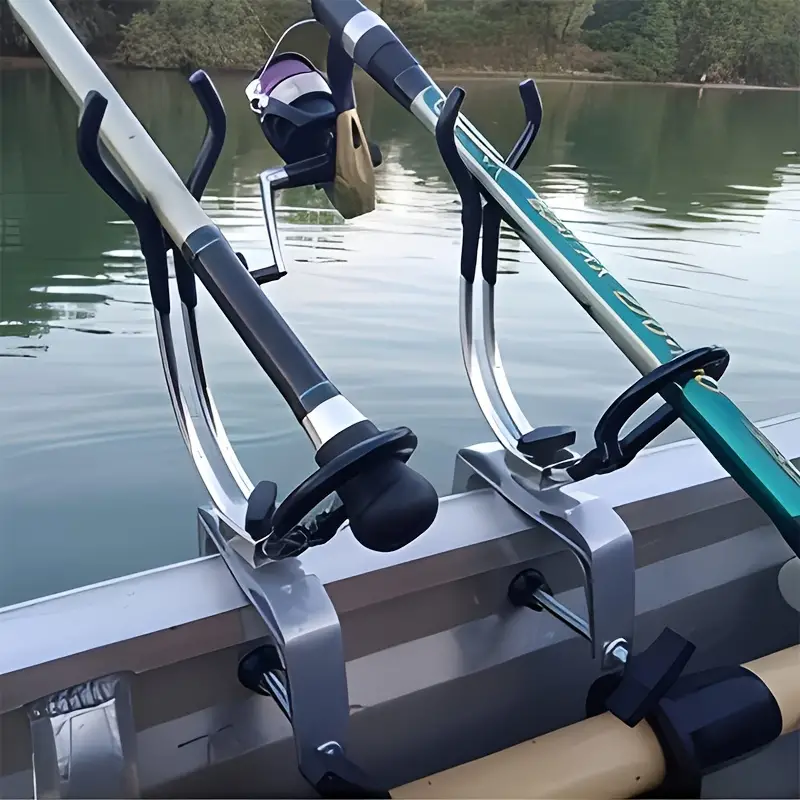
Techniques for Successful Pier Fishing
While having the right equipment is essential, employing effective techniques can enhance your pier fishing success. Many anglers overlook fundamental techniques, which can make or break their fishing experience. This section will discuss various strategies that can increase your chances of reeling in a big catch.
Bait Selection: Attracting the Right Fish
Choosing the right bait can be a game-changer in pier fishing. Natural bait, such as shrimp or live minnows, tends to attract a wider range of fish. Additionally, artificial lures can be just as effective for specific species. The color, size, and type of lure can vary based on conditions like water clarity and the time of year.
Furthermore, incorporating scents into your bait can further entice fish. Many anglers opt for commercially available scent enhancers. However, using natural attractants like fish oil can also yield positive results. Be adaptable and willing to switch baits if you find that you’re not getting bites. It’s important to remember that the fish’s preferences can shift throughout the day.
Casting Techniques: Perfecting Your Approach
Mastering various casting techniques can improve your success on the pier. Overhead casting is a common method that allows for longer distances. However, adjusting your technique based on wind direction and surrounding structures is essential. Pitching and flipping techniques can sometimes provide more accuracy when targeting fish near structures.
Additionally, consider the timing of your casts. Early mornings and late afternoons usually yield better results, as fish are more active during these times. Observing the behavior of other anglers can give valuable insights. They may reveal which techniques are working best, allowing you to adapt accordingly.

Safety and Regulations in Pier Fishing
Fishing is a wonderful activity, but safety should always remain a priority. Moreover, regulations are essential to ensure the sustainability of fish populations. Anglers must familiarize themselves with local laws and guidelines. This section will guide you in practicing responsible and safe pier fishing.
Understanding Local Regulations
Each region has unique fishing regulations that govern what and when you can catch fish. This can include size limits, bag limits, and seasonal restrictions. Always check the local fishing regulations before heading out to fish. Ignoring these regulations can have adverse consequences, including fines.
Additionally, some piers may have specific rules in place. This can include designated fishing areas, restricted fishing times, or restrictions on certain bait types. Knowing these guidelines can help you make informed decisions while fishing. Furthermore, joining local fishing forums or social media groups can provide updates on changes in regulations or local fishing conditions.
Safety Precautions: Fishing Responsibly
Safety cannot be overlooked when fishing from a pier. Always wear a life jacket, especially if you’re fishing alone. Additionally, be cautious of weather conditions. Strong winds, rain, or storms can significantly increase risk. Moreover, stable footwear is essential for navigating the pier safely.
Other safety measures include keeping first aid supplies nearby. An emergency kit with band-aids and antiseptics is handy. Finally, ensure your fishing gear is properly secured. Loose equipment can become a hazard, especially on busy piers. All these precautions contribute significantly to creating a safe fishing environment.
Conclusion
Pier fishing can be a thrilling and rewarding experience for anglers of all skill levels. By selecting the appropriate rod, understanding essential accessories, and employing effective techniques, you can significantly improve your chances of success. However, always prioritize safety and adhere to local regulations. With the right preparation, planning, and knowledge, you’ll be well on your way to enjoying countless successful days on the pier. Happy fishing!
